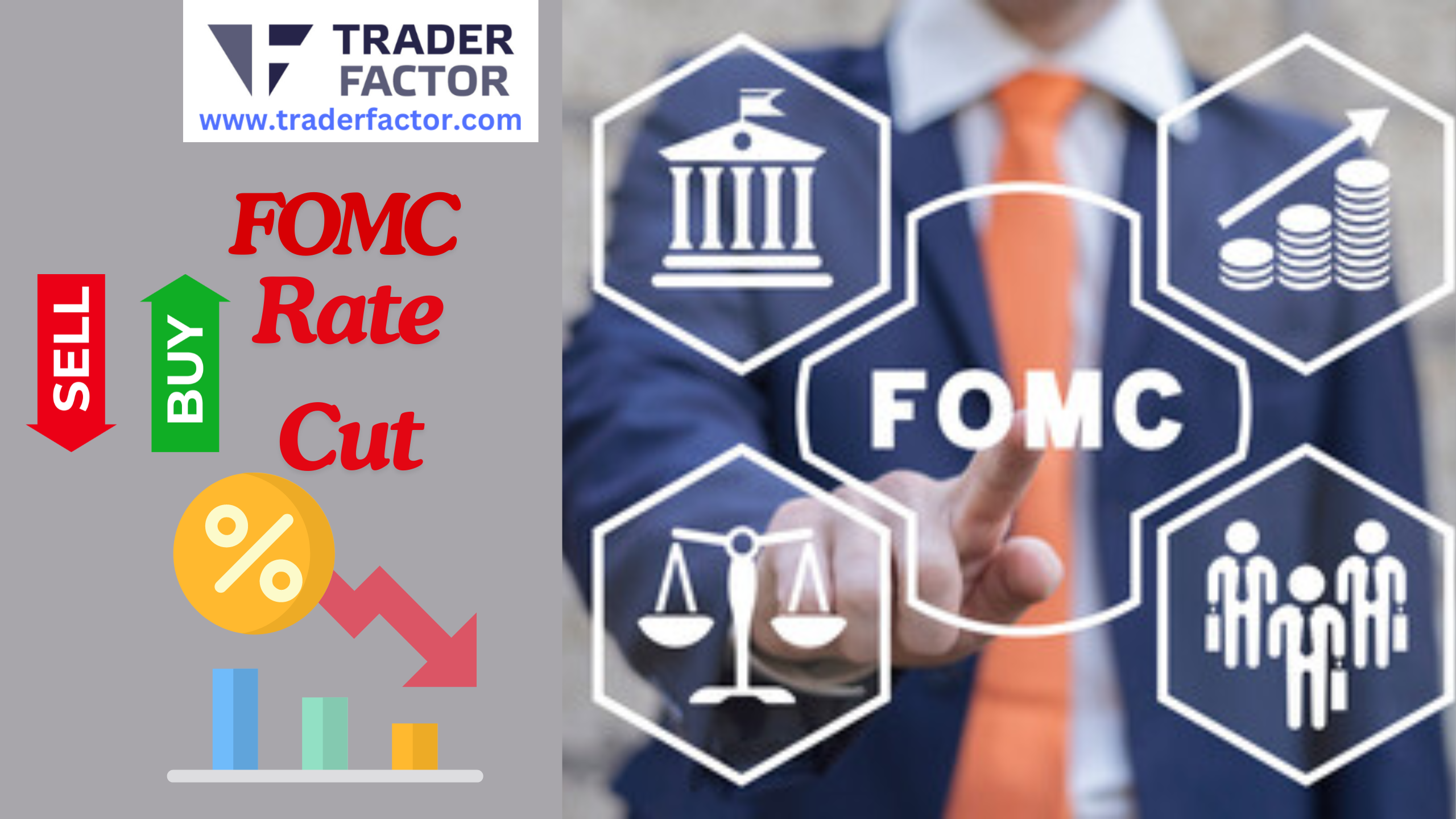In a highly anticipated move, the FOMC is set to make a critical announcement at the conclusion of its September 17-18 meeting. Market watchers are bracing for a potential 25-basis-point reduction in interest rates, a move that, if realized, would be the first rate cut in over four years.
This decision comes as Fed Chair Jerome Powell leads the two-day Federal Open Market Committee (FOMC) meeting, with the outcome to be publicized on Wednesday, September 18, followed by a press conference. The potential rate cut harks back to the near-zero interest rates initiated in 2020, aiming to bolster the US economy during the Covid-19 pandemic’s peak. The FOMC minutes will shed more light on the expected rate cuts.
Economic Context, Rate Decisions and FOMC Minutes
Since the beginning of 2022, the Federal Reserve has been on a path of gradual interest rate hikes, a strategy designed to combat rising inflation. For the past 14 months, the Fed has maintained its key lending rate at a two-decade high of 5.25% to 5.50%. As the fomc meeting dates 2024 approach and the FOMC debates the merit of a 25-basis-point cut versus a more aggressive 50-basis-point reduction, the decision weighs heavily on risk management strategies. Former Dallas Fed President Rob Kaplan has articulated the delicate balance involved in such decisions, suggesting that a more substantial cut could serve as a preemptive measure against potential economic downturns, minimizing regrets if the economy falters post-meeting.
The broader economic context is crucial in understanding the Fed’s deliberations. Inflationary pressures have been significant, driven by disruptions in global supply chains and surges in consumer demand as economies emerged from pandemic-induced lockdowns. The Fed’s primary goal is to stabilize prices while fostering maximum employment, a challenging dual mandate in the current economic climate.
Market Reactions, Economic Indicators, and FOMC Minutes Schedule
As the Fed’s meeting unfolds, financial markets exhibit heightened volatility. The EUR/USD currency pair, a barometer of transatlantic economic health, has struggled to maintain its footing, retreating towards the 1.1100 mark. This movement is driven by robust US Retail Sales data, fueling uncertainty about the Fed’s imminent policy direction and leading to a strengthened US Dollar. Concurrently, the Eurozone’s economic landscape presents a dim outlook, as evidenced by Germany’s ZEW Economic Sentiment Survey, which has shown sharper-than-expected contractions, underscoring the continent’s economic challenges.
Investors and analysts are keenly observing these indicators, as they offer insights into broader economic health and potential policy shifts. The Eurozone’s struggles are particularly significant, given its interconnectedness with the US economy and the potential spillover effects of its economic decisions.
US Economic Data, Impact and FOMC Meeting Today
The latest US economic data paints a picture of modest growth, with August Retail Sales surpassing expectations and providing a boost to the US Dollar’s short-term performance. The EUR/JPY pair has also noted gains, buoyed by the positive Retail Sales figures from the US. Despite the cautious optimism, financial markets remain vigilant, anticipating further key data releases such as Industrial Production and Capacity Utilization figures, which will provide additional context for the Fed’s decision-making process as per the fomc alert indicator tradingview.
These economic indicators are more than mere numbers; they are reflective of consumer confidence and spending patterns, both of which are critical to sustaining economic growth. Retail sales, in particular, serve as a proxy for consumer behavior, offering insights into potential future economic trends.
Gold and Currency Market Dynamics
The precious metals market, specifically gold, is also feeling the impact of the upcoming Fed announcements. Gold prices have dipped below $2,580, as stable US Treasury bond yields present a challenge for the metal’s bullish momentum. However, the prospect of a rate cut by the Fed could enhance gold’s attractiveness, as lower rates reduce the opportunity cost of holding non-interest-bearing assets like gold. In foreign exchange, the Pound Sterling faces pressure against the US Dollar, influenced by unexpectedly strong US Retail Sales data. The Bank of England is anticipated to hold interest rates steady in its forthcoming meeting, which adds another layer of complexity to the currency markets.
Gold’s allure as a safe-haven asset often rises in times of economic uncertainty, and its performance is closely tied to monetary policy decisions. In contrast, currency movements reflect investor sentiment and expectations regarding economic policy and growth prospects.
UK Economic Outlook
Across the Atlantic, the UK is bracing for the release of its Consumer Price Index (CPI) data for August. Expectations are for core inflation to rise to 3.5%, up from 3.3% in July, with headline inflation remaining steady. Investors will be particularly focused on the service inflation data, which is closely monitored by the Bank of England (BoE) as it deliberates on interest rate policy. The BoE is expected to maintain its current rate stance, given the recent significant deceleration in annual service inflation.
The UK’s economic prospects are further complicated by the ongoing uncertainties surrounding Brexit and its implications for trade and investment. The CPI data will be crucial in shaping market expectations for the BoE’s monetary policy path, as it seeks to balance the need for economic growth with inflation control.
Conclusion
The FOMC minutes 2024 and fFederal Reserve’s impending decision is set against a backdrop of complex global economic dynamics. As markets and policymakers brace for the outcome, the implications of the Fed’s rate cut will reverberate across economies, affecting currencies, commodities, and overall economic sentiment. The Fed’s actions will not only influence the US economy but also have a significant impact on global markets, underscoring the interconnectedness of today’s financial systems. As investors and analysts await the Fed’s announcement, the focus remains on understanding the broader economic context and preparing for the potential shifts in market dynamics that will follow.

















